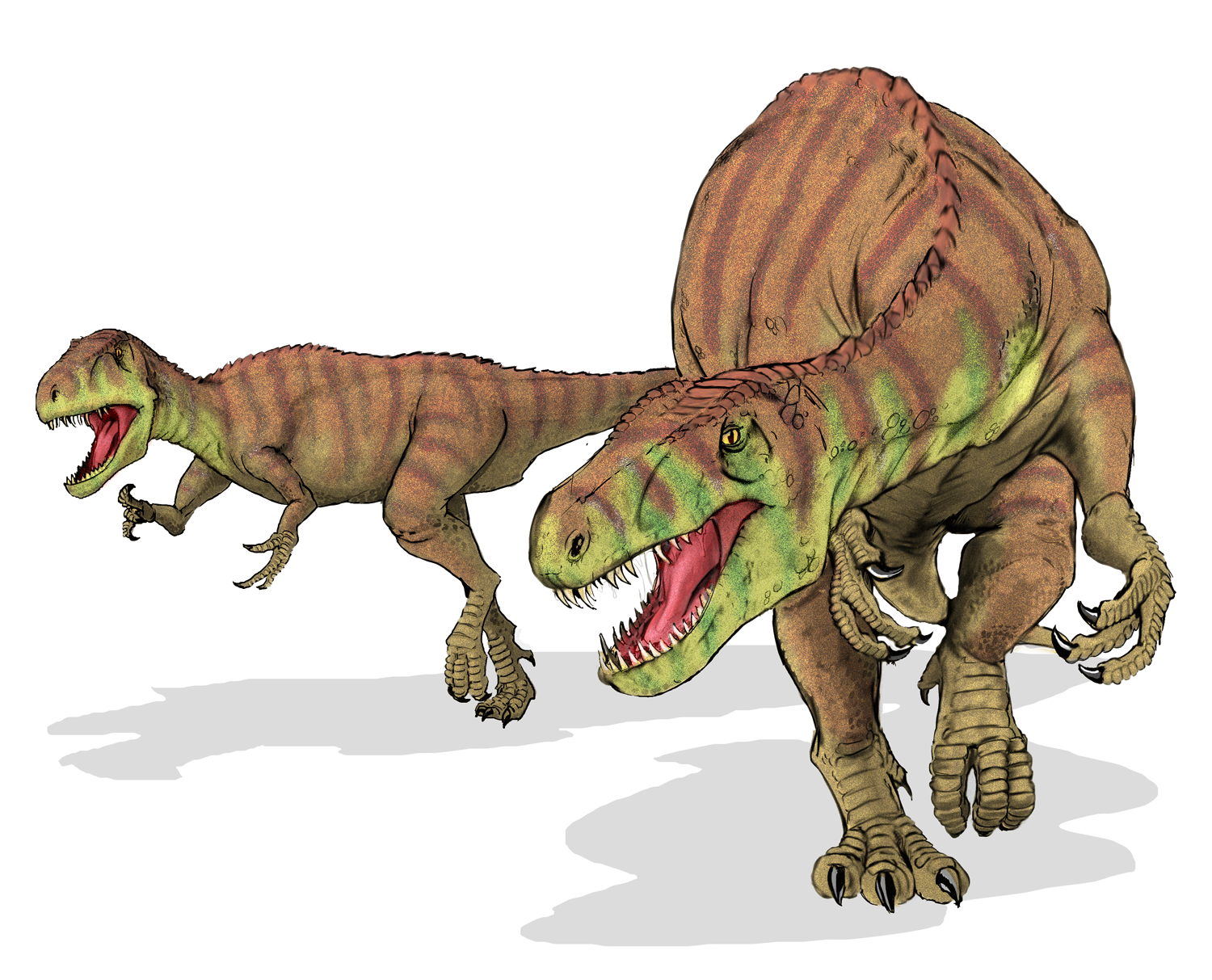OCTOBER 28, 2019 – Last week The New York Times carried an article about a recent find of mammalian fossils revealing how life bounced back after the demise of the dinosaurs. The article was a welcome respite from all the stories about human dysfunctionality aboard spaceship earth.
After reigning over the earth for 165 million years, dinosaurs met their end, albeit through no fault of their own. One theory claims that an errant asteroid crashed into earth, forming the Chicxulub crater on what is now the Yucatan Peninsula. The resultant firestorms, earthquakes, and round-the-world dust cover fundamentally altered earth’s ecosystem. A competing theory asserts that around the same time—give or take a couple million years—massive amounts of sulfur dioxide from volcanoes in what is now India (the “Deccan Traps”) caused the mass extinction marking the end of the Upper Cretaceous Epoch of the Mesozoic Era (technically speaking). To add fuel—or sulfur dioxide—to the fire, the asteroidal smack-up put 50 billion to 500 billion tons of SO2 into the atmosphere. That compares with 0.017 billion tons of SO2 from the eruption of Pinatubo in 1991—and event that cooled the earth for several years. However, the Deccan Traps spewed—are you sitting down and plugging your nose?—10,000 billion tons of sulfur dioxide into the atmosphere.
Talk about climate change!
Fossil evidence suggests that some dinosaurs survived for another half-million years (birds, dinosaur relatives, are still with us), but their fun in the sun was definitely gone forever. Yet, whatever caused the relatively sudden extinction of 70% of life on earth paved the way for the Cenozoic Period, the rise of mammals, and ultimately, human civilization in a shining city on the hill. According to the fossil find reported by The Times, we’re about 66 million years into this phase—the Cenozoic, not the “shining city on the hill.”
Examining big-picture science (thank you very much, The New York Times) works as an antidote of depth-perception in these tumultuous times. Lest we take ourselves too seriously, just ponder, “165 million years” and “10,000 billion tons of sulfur dioxide” vs. 0.017 billion” and . . . the qualification “give or take” juxtaposed to “a couple million years.” We humans and our day in the sun (the Anthropocene Epoch) are but a flash in the pan of geologic time, assuming that we get ourselves past what seems to be a fundamental reshaping of our global ecosystem.
At the same flash-in-time, however, we must ask if we will not succeed in doing what the dinosaurs couldn’t do to themselves, try as they might, in 165 million years; if we will not cause our own demise. Will we ourselves become dinosaurs way before our time, ironically, because we chose to keep on burning what was once dinosaur food—vegetation from the Mesozoic Era? Or in a nano-moment of geologic time will we save ourselves until the next asteroid hits or the Yellowstone Volcano blows 100,000 to a million years hence, give or take a few?
(Remember to subscribe to this blog and receive notifications of new posts by email.)
© 2019 Eric Nilsson
